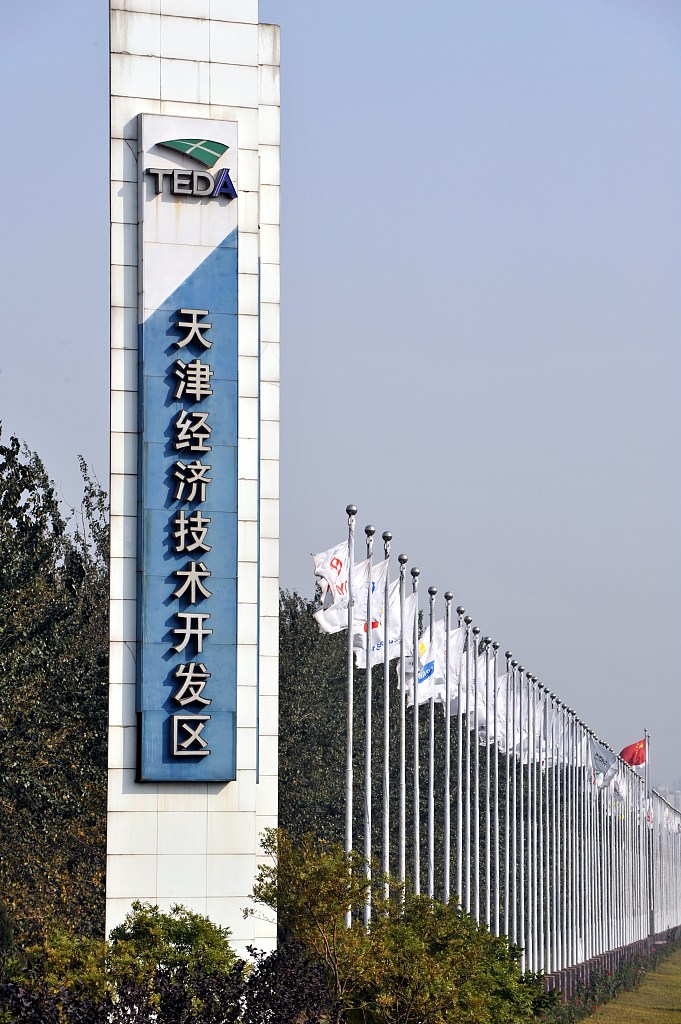Beijing-Tianjin-Hebei region to speed up coordination
(exploringtianjin.com)| Updated : 2021-03-08
Print Print
The integrated and synergetic development of Beijing, Tianjin and Hebei province has made major strides in recent years.
According to the national development darft for the 14th five-year and long-rage goals for 2035, the government will accelerate the coordinated development of the Beijing-Tianjin-Hebei region.
In recent years, China has been actively speeding up coordinated development of key regions, looking to boost connectivity and fuel its prodigious economic growth. Many regional development strategies have also been unveiled over the years, including the Yangtze River Delta region and the Guangdong-Hong Kong-Macao Greater Bay area.
In early 2014,China initiated a key strategy to coordinate the development of Beijing, Tianjin and Hebei -- a regional city cluster called "Jing-Jin-Ji" boosting connectivity, economic and technological efficiency.
It not only enhances regional economic efficiency and reduces the income gap in related areas, but it will also help fuel the growth of the entire Bohai Bay area, and even the whole nation.
Currently, the region's combined GDP accounts for nearly 10 percent of China's total, and its total population is more than 110 million - 8 percent of the whole country.
While Beijing is a political, educational, cultural and research and development center, Tianjin, with one of the busiest ports in the world, is considered to be northern China's logistics center, while Hebei is known for its heavy industry, including steel production.
"Jing-Jin-Ji" strategy is to move non-capital functions out of Beijing to treat "urban ills" in the Chinese capital, such as traffic jams and pollution. Beijing has been striving to focus on sectors including science and technology, finance, culture, creative services and other innovative and emerging sectors.
Major breakthroughs and progress in transportation, industry, economy, urban development and public services in the coordinated region are to be achieved by this year.
More convenient transportation is connecting Beijing, Tianjin and Hebei closer together, laying the foundation for the region's coordinated development. More than 800 roads and expressways have been upgraded in the Jing-Jin-Ji region, which has a population of 100 million. In addition, several new rail projects for passenger and freight trains have been completed, such as the extension of the railway between Beijing and Tianjin; the one linking Tianjin and Baoding, Hebei; and the line between the Hebei cities of Zhangjiakou and Tangshan, according to Xinhua News Agency.
Over the past seven years, a total of 32 expressways connecting cities in the "Jing-Jin-Ji" region have been opened or expanded, stretching 2,005 km in length. More and more cities are joining the "one-hour traffic circle" in Beijing, Tianjin and Hebei, facilitating the rapid movement of people and goods in the region.